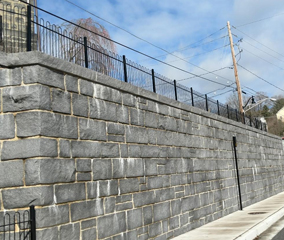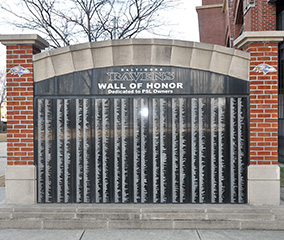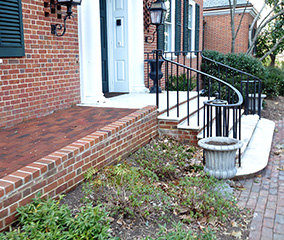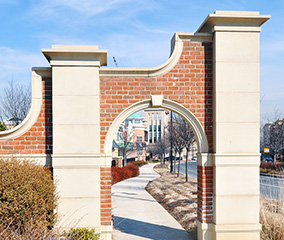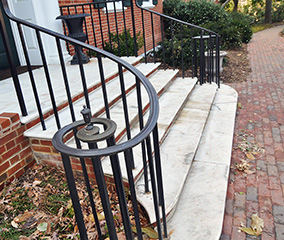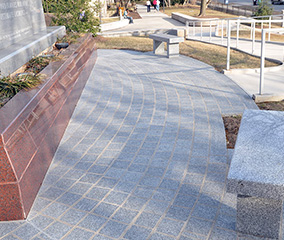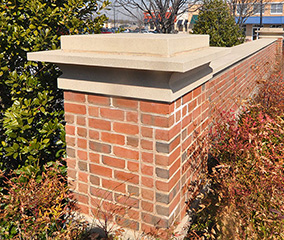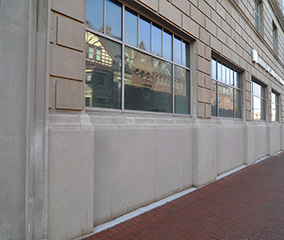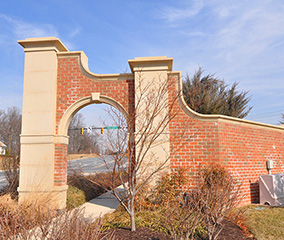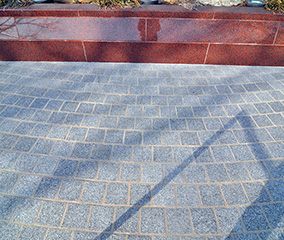
Keep these factors in mind when planning masonry construction with moisture control.
Masonry construction has stood the test of time as one of the most durable and aesthetically pleasing building methods. However, moisture infiltration can pose a significant threat to the integrity and longevity of masonry structures. Masonry construction with moisture control in mind is crucial to mitigate potential damage and ensure the longevity of the building. Let’s explore effective strategies for controlling moisture during masonry construction with DelPrete Masonry.
Understanding Moisture in Masonry Construction
Before delving into moisture control measures, it’s essential to understand how moisture interacts with masonry materials. Masonry units such as bricks, concrete blocks, and stone are porous materials that can absorb water. Moisture can enter masonry walls through capillary action, diffusion, and bulk water penetration. Once inside the masonry, water can cause a range of issues, including efflorescence, spalling, cracking, and mold growth. This is why it’s important to undergo masonry construction with moisture control in mind.
Proactive Moisture Control Measures
Site Evaluation and Planning
- Conduct a thorough site evaluation to identify potential sources of moisture such as groundwater, surface water, and climatic conditions.
- Implement proper site grading and drainage systems to divert water away from the structure.
- Consider the orientation of the building and its exposure to prevailing winds and rain.
Selection of Materials
- Choose high-quality masonry units that are resistant to water absorption.
- Use mortar mixtures with appropriate water-repellent additives to enhance moisture resistance.
- Consider using drainage materials such as weep holes, vents, and through-wall flashing to facilitate the drainage of moisture.
Proper Construction Techniques
- Ensure proper bonding and sealing of masonry units to minimize gaps and voids where water can infiltrate.
- Follow recommended construction practices such as proper mortar joint tooling and curing to enhance the durability of the masonry.
- Install flashing at vulnerable areas such as rooflines, windows, and doors to prevent water intrusion.
Moisture Barrier Installation
- Apply a waterproofing membrane or sealant to the exterior surface of the masonry to create a barrier against moisture infiltration.
- Consider installing a vapor barrier on the interior side of the masonry to prevent moisture diffusion into the building interior.
- Ensure proper installation of flashing and weep holes to allow for drainage and ventilation behind the moisture barrier.
Maintenance and Monitoring
- Regularly inspect the masonry for signs of moisture damage, such as efflorescence, staining, or deterioration.
- Promptly repair any cracks, gaps, or damaged mortar joints to prevent water intrusion.
- Keep drainage systems clear of debris and ensure proper functioning of weep holes and vents.
Proactive moisture control is essential for ensuring the durability and longevity of masonry structures. Planning masonry construction with moisture control in mind will give you a head-start in constructing a sturdy and dependable structure that is well-prepared to tackle moisture from sources such as daily standard use and climatic conditions.
CONTACT DEL PRETE MASONRY TODAY!
Whether you are ready to start your next masonry project or are still hesitant and have questions, Del Prete Masonry is here to help. We have the experience and expertise to get it right the first time. Questions? Want to visit some of our residential or commercial projects? Ready to set up a consultation? Feel free to give us a call at 410-683-0650 or visit us online. We are happy to serve Baltimore City and County, Harford County, Carroll County, Anne Arundel County, and Howard County. To see examples of our work and to keep up with our new and exciting projects, be sure to follow us on Facebook, Twitter, and Pinterest.
Tags: masonry construction, masonry maintenance, moisture control









